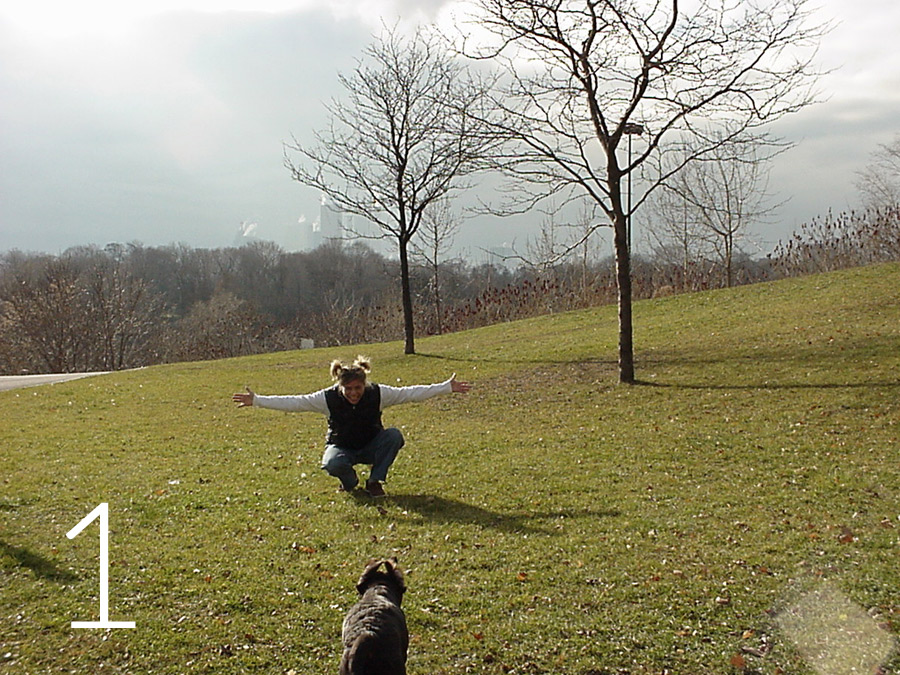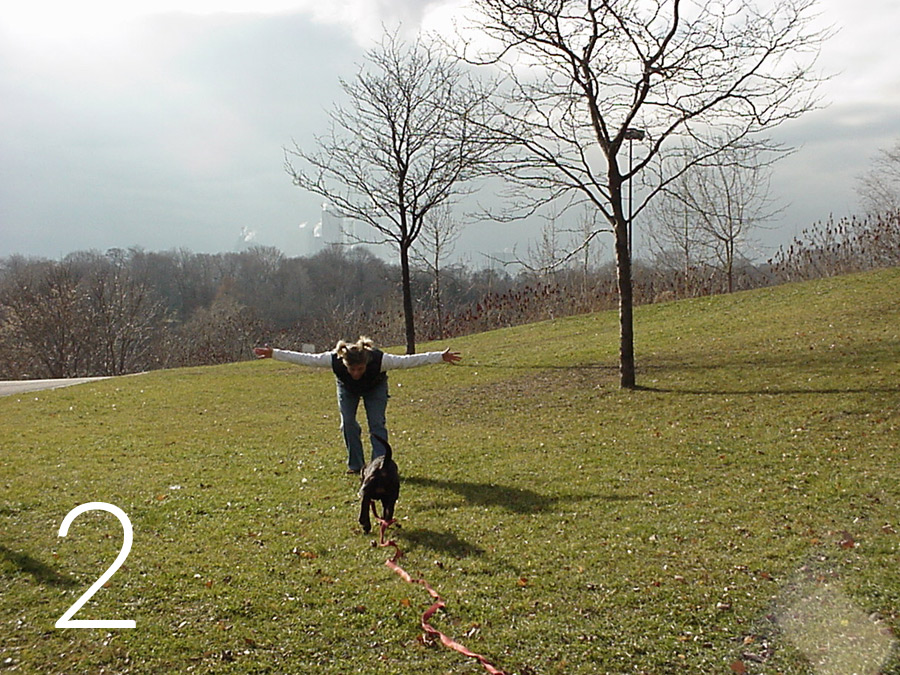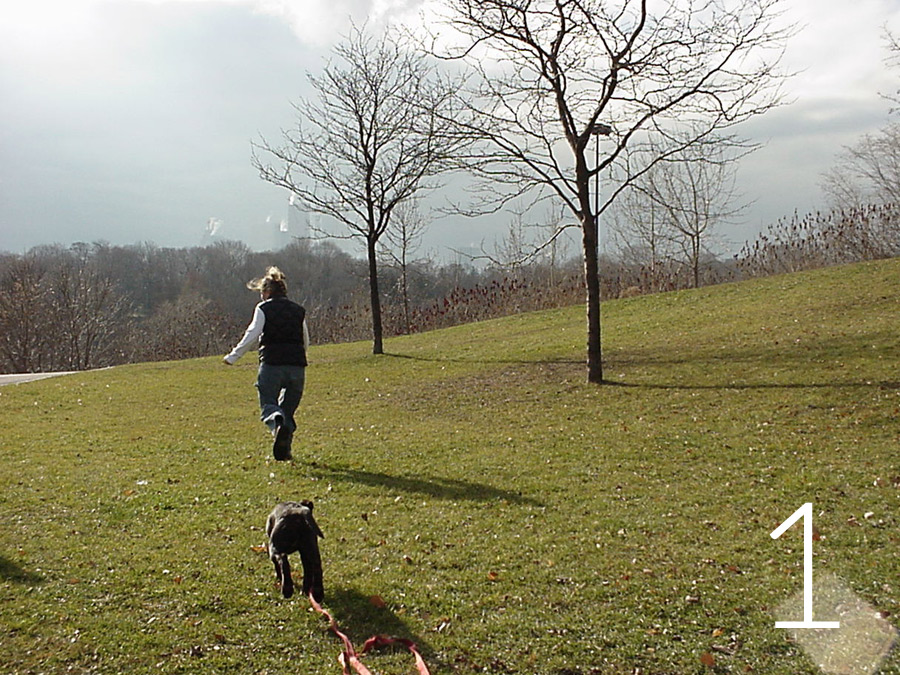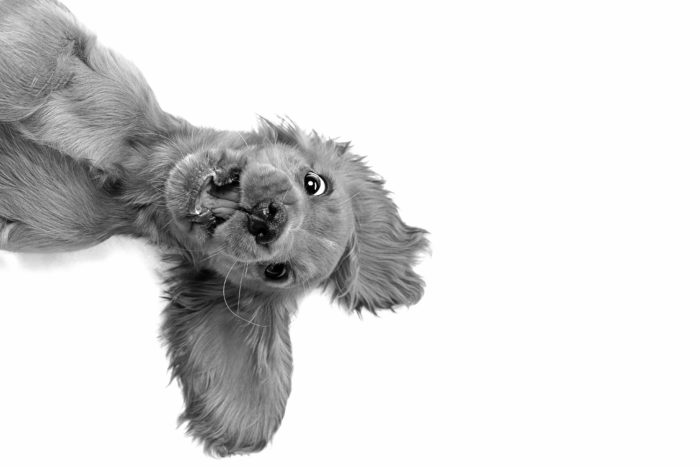The recall is an important behavior. It is also one that often causes people problems. We have a very clear understanding of how the recall can be undermined over time and will show you how to avoid common pitfalls.
Regard a solid recall (calling your dog to come) as an insurance policy. One day it may save your dogs’ life.
It is very natural for your puppy to stay close to you, follow you, or come away from a distraction at a young age (8-16 weeks). It is equally natural for them to stop coming shortly after that — about the time they hit their Juvenile and Adolescent Period at 4 to 8 months (check Your Puppy’s Development).
It is not uncommon for people to undermine the young puppy’s natural desire to stick close to us. This can happen easily when calling a puppy to come for something they perceive as unpleasant. Common examples of this would be calling a dog to come away from other dogs or calling a dog to come to have her nails trimmed.
If you combine the natural phenomenon of not responding as quickly as in the early months (often due to the juvenile and adolescent development period) with the unintentional misuse of the cue, you may end up with an unreliable recall as your dog matures.
The first consideration when teaching a solid and predictable recall is to ensure that you only call your dog for something that he thinks is wonderful. Treats. Games. Playtime. Walks. Going to the Park. Whatever he/she loves!
Remember, if you call your dog to come to you and something wonderful happens (every time!) when he/she gets to you, he/she is far more likely to repeat this behavior regularly. If, however, you call and something the pup finds unpleasant happens, they will stop coming when you call.
In reality, the recall is taught so that you will have the ability to keep your dog safe should the need arise. Think of it as an insurance policy. The recall is helpful in order for you to be able to take your dog to the park and let him off the leash to play.
Behavior that gets reinforced gets repeated!
Be sure to check out Games that are specifically designed to teach a solid recall.
We have included this exercise because in real life there can be some very persuasive distractions for a dog. A child with an ice cream cone, a dead bird or fish, someone with a ham sandwich, etc. You want your dog to come to you regardless of the distraction.

When you call your pup to come, shout out ‘good!’ as soon as he makes eye contact with you. This will help get the pup coming to you more quickly.
Bend down or squat and open your arms to look warm and inviting as they start running towards you.

Your voice should never sound angry or uninviting. You can change it depending on whether or not you need to ham it up a bit with some high-pitched silliness and animation.

Running in the opposite direction away from the puppy, clapping your hands, and acting as silly as possible, will usually get him chasing you!
Avoid chasing your puppy.

